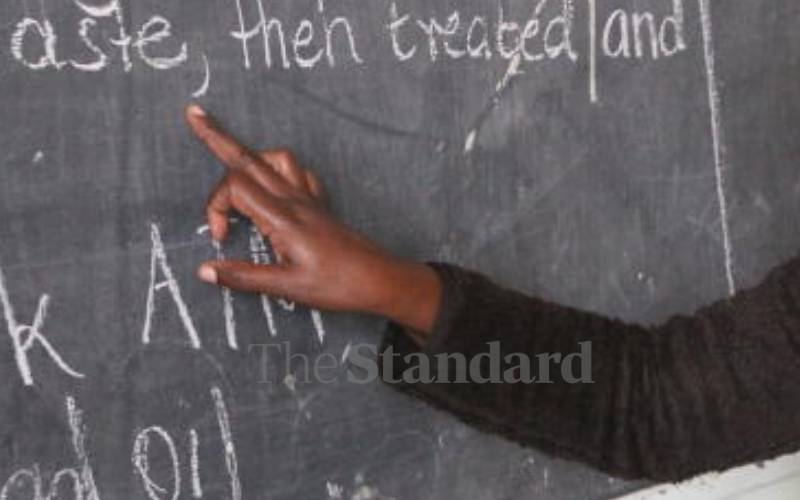×
The Standard e-Paper
Kenya's Bold Newspaper

Parents need to come to terms with the fact that their children learn at different speeds from others. For a child unable to keep up with peers, it is important to find out why and how to help.